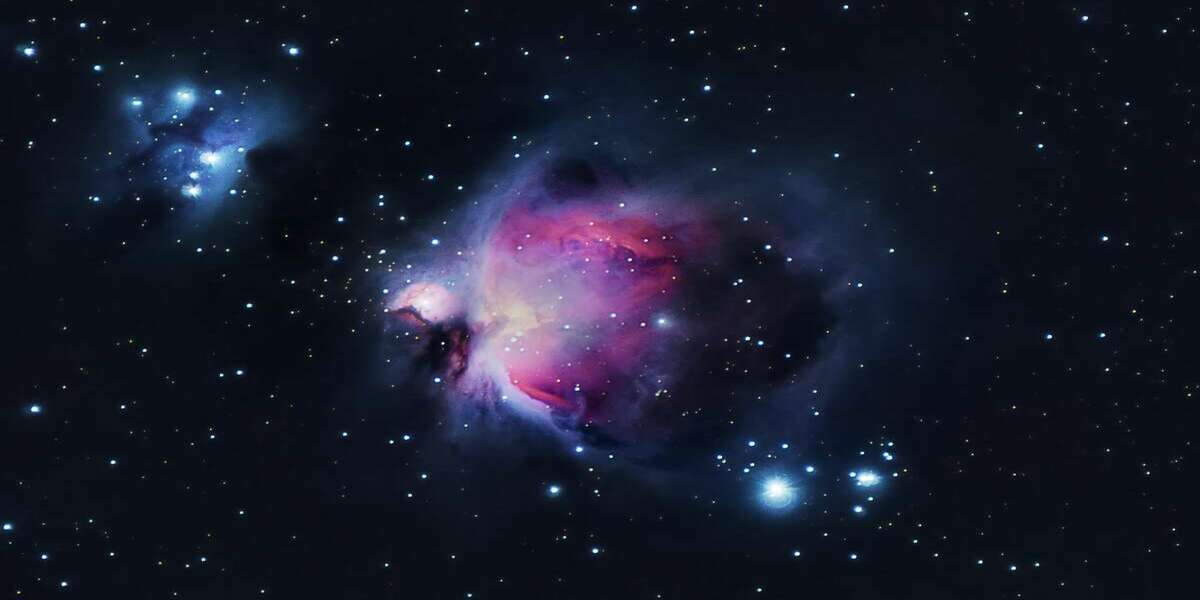- Astronomers observe a star that survived what ordinarily should have been certain death.
- The star at issue is a kind known as a white dwarf, an incredibly dense object.
- This white dwarf is gravitationally lock in orbit with another star.
A star that not only survived a massive explosion known as a supernova; that typically should have been guaranteed death; but also emerged from it brighter than before the blast; has been spotted by astronomers in a relatively close galaxy. The star in question is a type of star known as a white dwarf; an extraordinarily dense entity with roughly the mass of the sun; compressed into the size of Earth. It was discovered by the Hubble Space Telescope. A white dwarf is the core of a star that has lost most of its mass; near the conclusion of its life cycle; much like our sun will in around 5 billion years.
With its powerful gravitational pull, this white dwarf; which is gravitationally trapped in orbit with another star; in what is known as a binary system, extracted and incorporated; a significant amount of material from its unhappy companion.
[embedpost slug=”australian-scientists-capture-supernova-in-detail-for-first-time”]
That’s where things became complicated. This triggered thermonuclear events in the white dwarf’s core to explode in a supernova; an event that should have killed it. The mass of the white dwarf at this point; was around 1.4 times that of the sun.
As the lead author of the study that was recently published in the Astrophysical Journal, Curtis McCully; a senior astrodata scientist at the Las Cumbres Observatory in California; said, “We were quite surprised that the star itself had not been destroyed; but had actually survived and is brighter than before it exploded.”
[embedpost slug=”galactic-conjunction-captured-by-hubble-space-telescope”]





















